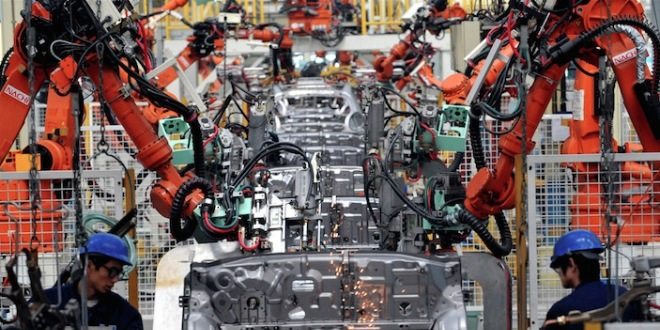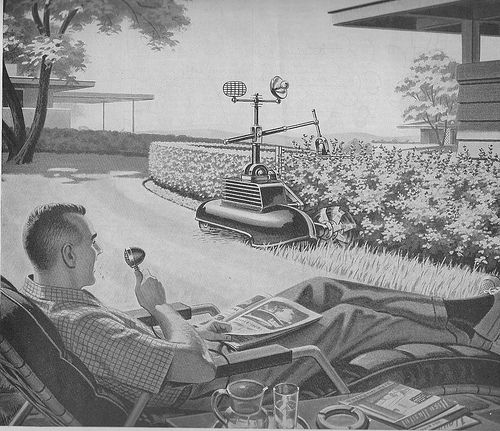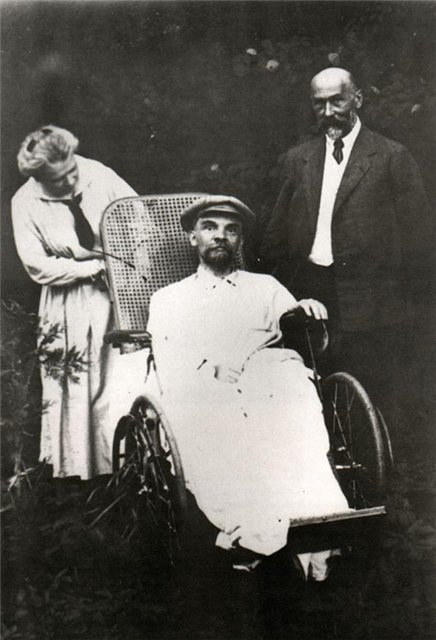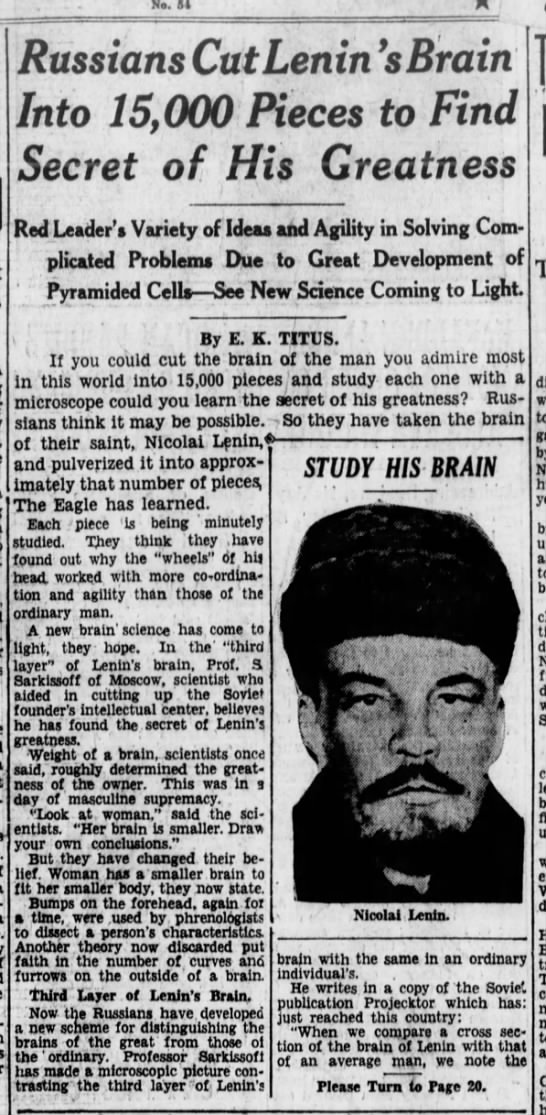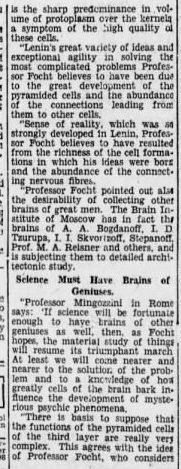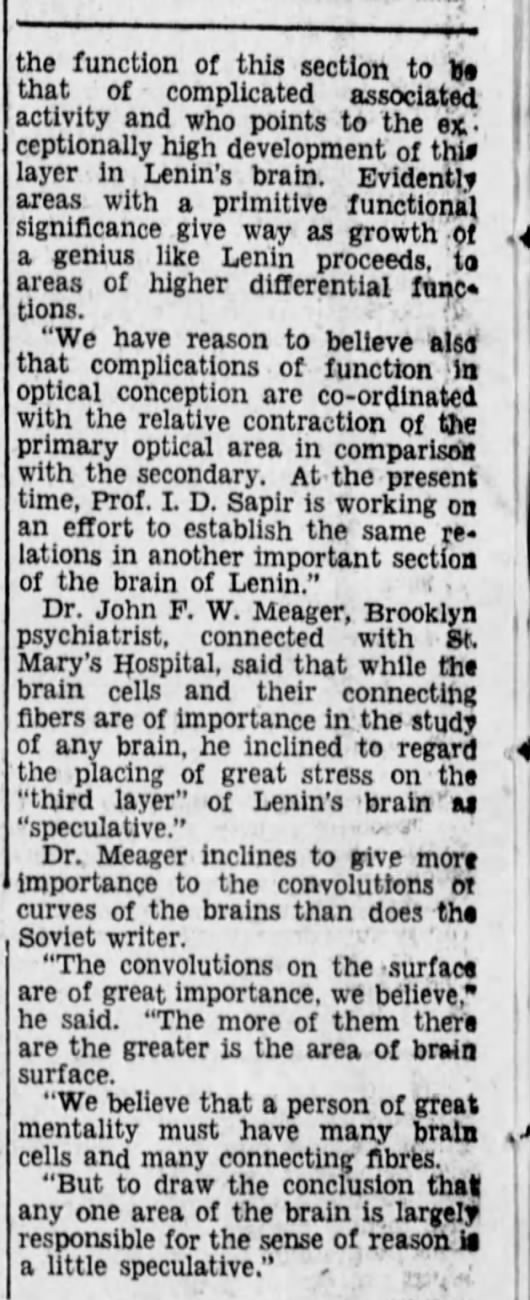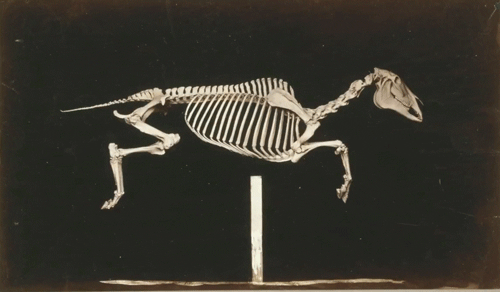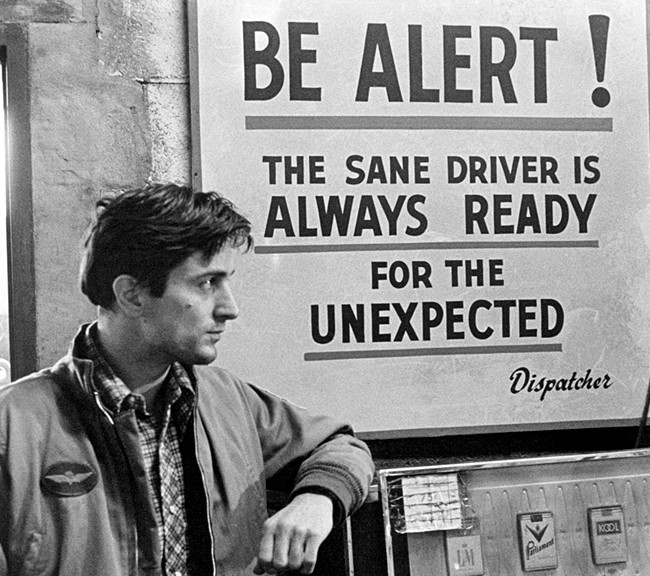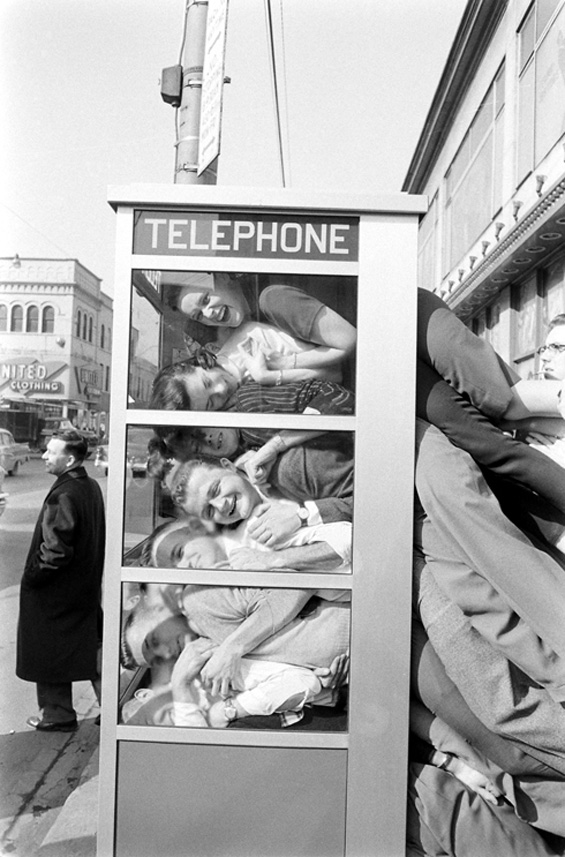The developed world is having a time of it trying to transition into the Digital Age with its robots and automation and virtual stores. Europe is considering defining robot workers as “electronic persons” who must pay into social security and Paris is threatening tax measures to bring Amazon Prime to heel, hoping to prevent its neighborhood shops going the way of the city’s decimated brick-and-mortar bookstores. In the U.S., workers have gone missing in scary numbers, leading some to suspect the displacement has fueled our Baba Booey of an election cycle. In the long run, this changeover may lead to the end of scarcity, but in the short term it’s an economic, political and cultural problem.
The fallout may prove even more dire for countries in the developing world which relied on Industrialization’s hunger for cheap labor to create a path to relative prosperity. From Sarah O’Connor’s Financial Times article about “radical insourcing”:
Rich countries are beginning to see factories return to their shores — and they have the robots to thank.
Take Adidas. When Herbert Hainer, chief executive, joined the German sportswear company in 1987, factories were beginning to close in Germany and move to China. This month, he announced Adidas would bring some shoe production back to Germany for the first time in three decades thanks to a highly automated factory in Bavaria. “I find it almost uncanny how things have come full circle,” he said.
It is important to keep some perspective. Adidas made 301m shoes last year; the two new factories (the other will be in the US) will produce about 1m. Still, you can see how this trend could take off. …
Tyler Cowen, an economics professor at George Mason University in the US, believes robots and 3D printers could create a world of “radical insourcing” where developed countries no longer need to outsource production to countries where wages are low.
“Why should a wealthy nation buy from a poorer exporter when it can automate and produce similar goods at home without incurring high labour costs?” he asked in a recent paper.
This would not do much for jobs in developed countries, admittedly. The new Adidas factory will have about 160 staff, a fraction of the number required to make the same number of shoes in Asia. But set aside the rich world for a moment. What would “radical insourcing” mean for all the developing countries that saw manufacturing exports as their path to prosperity?•

